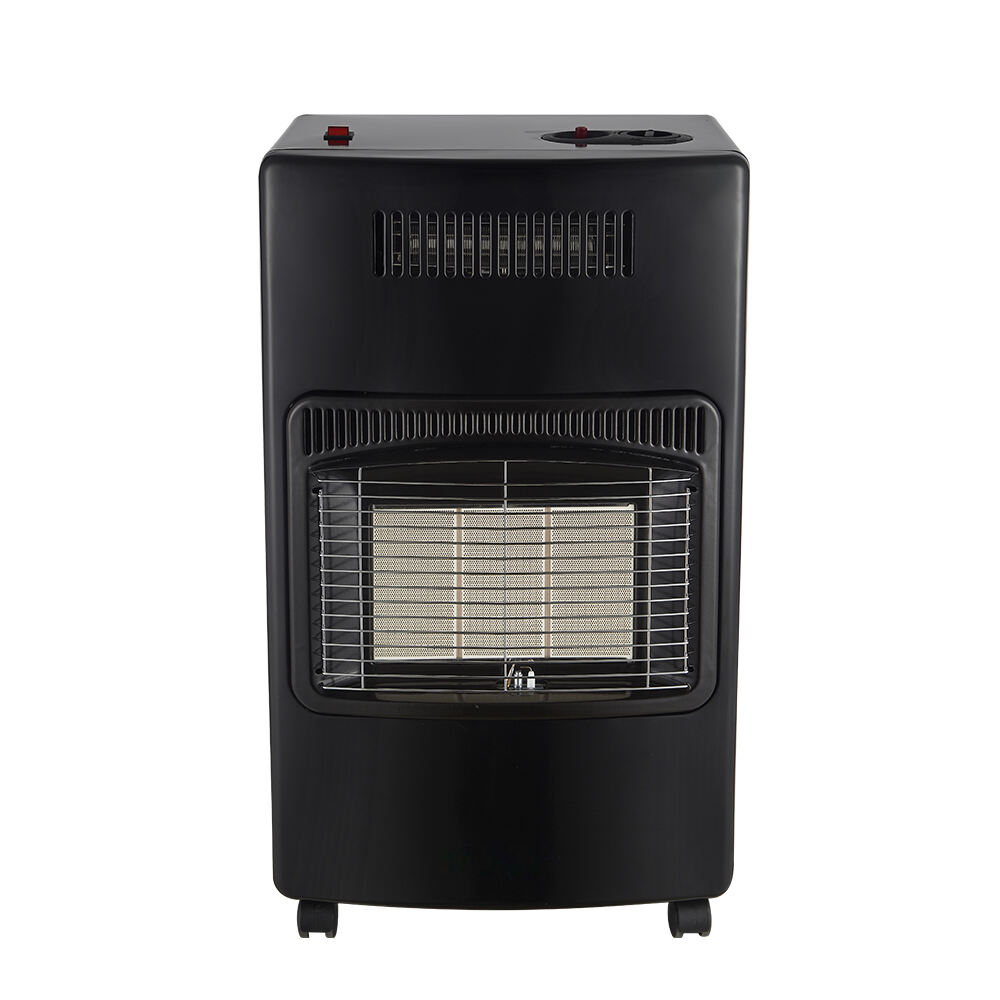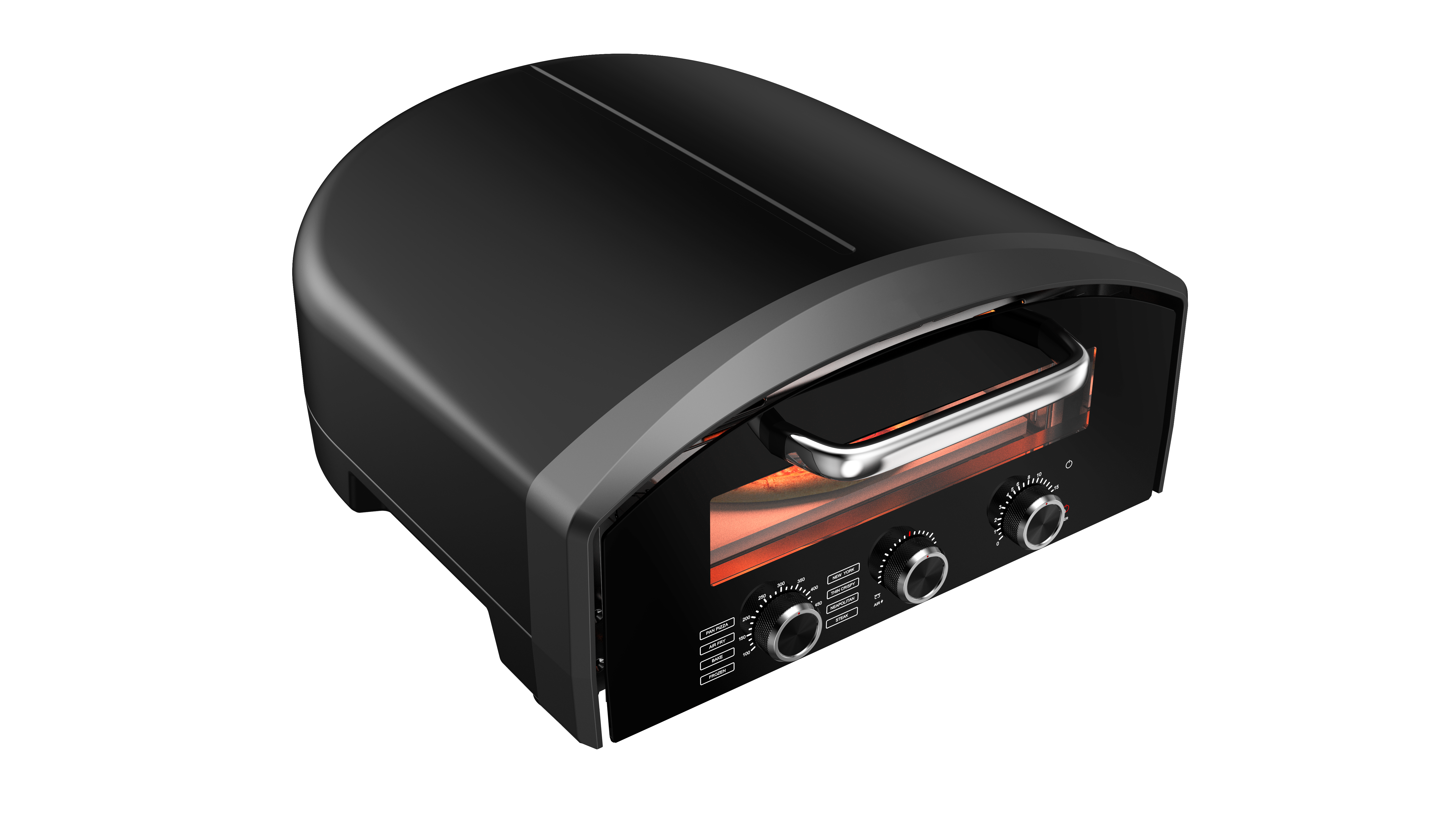parts of a gas water heater
A gas water heater consists of several essential components working together to deliver reliable hot water. At its core is the gas burner assembly, which creates the primary heat source through controlled gas combustion. Above this sits the storage tank, typically constructed from steel with a protective glass lining to prevent corrosion. The tank houses the crucial dip tube that channels cold water to the bottom for heating and a hot water outlet pipe at the top for distribution. A thermostat monitors water temperature and regulates the burner operation to maintain desired heat levels. The heat exchanger, usually a series of copper or steel tubes, transfers heat from the combustion gases to the water efficiently. For safety, the system includes a temperature and pressure relief valve that prevents dangerous pressure buildup. The pilot light assembly provides consistent ignition for the main burner, while the thermocouple acts as a safety device, shutting off gas flow if the pilot light fails. A sacrificial anode rod, typically made of magnesium or aluminum, protects the tank from corrosion by attracting corrosive elements. The flue pipe vents combustion gases safely outside, and insulation surrounds the tank to maintain water temperature and improve energy efficiency.


